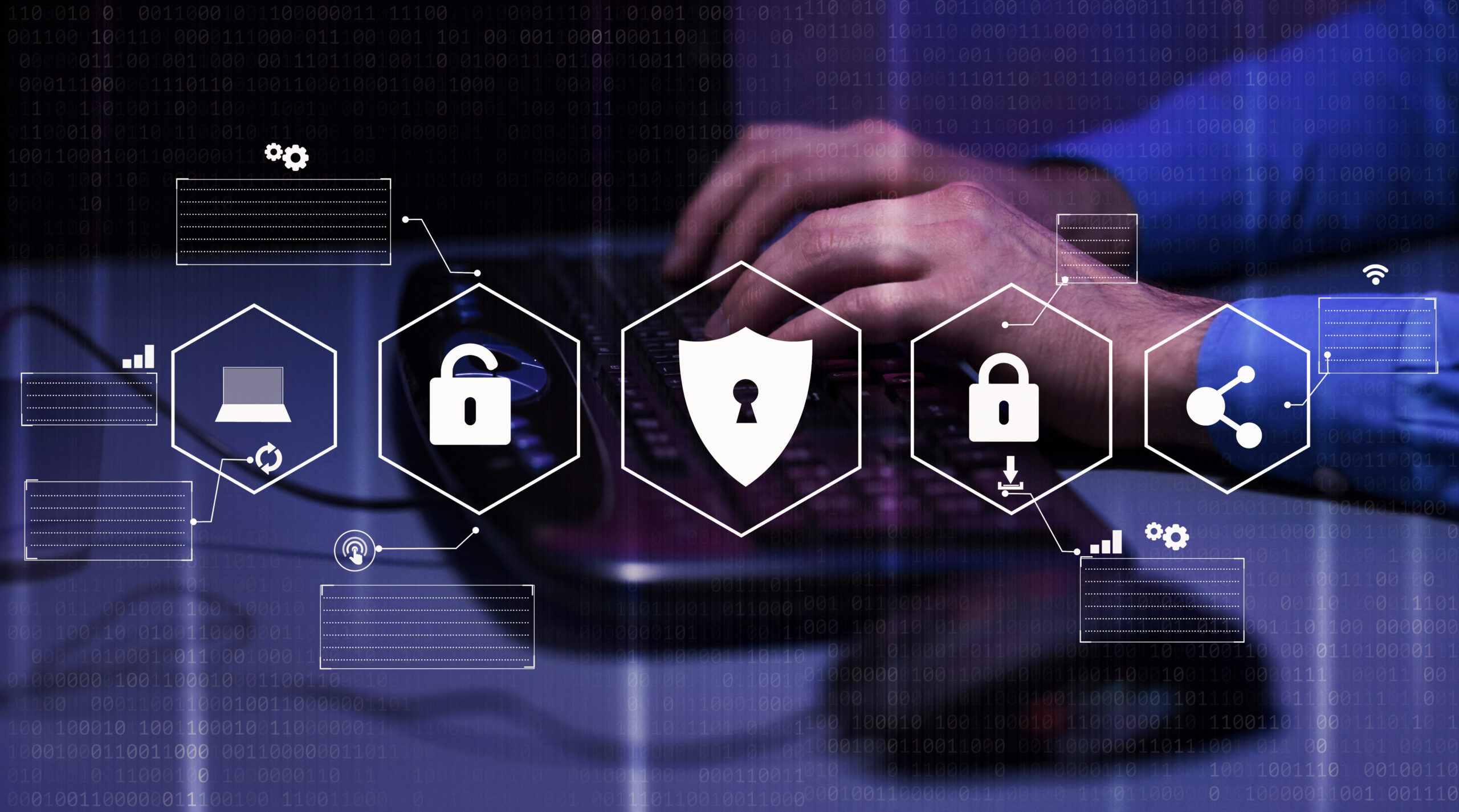As technology evolves, cybercriminals continuously adapt their tactics to stay ahead. Cyber threats are malicious actions targeting digital systems, networks, or data. They jeopardize an organization’s security and operational integrity.
Understanding Cyber Threats
In 2025, these threats are expected to become more sophisticated, posing greater challenges for businesses. Staying informed about emerging cyber threats is essential for protecting sensitive data, maintaining compliance, and ensuring uninterrupted operations.
What is a Cyber Threat?
A cyber threat is any potential malicious act that seeks to damage, steal, or disrupt digital systems. Cybercriminals are often motivated by financial gain, political objectives, or the desire to exploit vulnerabilities for personal or organizational benefit. From phishing scams and ransomware attacks to advanced persistent threats, the variety of cyber threats continues to grow. To mitigate these risks, organizations must adopt proactive cybersecurity measures, including continuous monitoring and regular assessments.
Impact of Cyber Threats
The consequences of cyber threats can be severe, with far-reaching implications:
- Financial Losses: Businesses can face hefty fines, recovery costs, and lost revenue due to system downtime.
- Reputational Damage: A single breach can tarnish an organization’s image, eroding customer trust.
- Compliance Risks: Non-compliance with data protection regulations like GDPR or CCPA can result in significant penalties.
- Operational Disruptions: Cyberattacks can halt operations, impacting productivity and business continuity.
Real-world examples include ransomware attacks that have brought critical infrastructure to a standstill or data breaches compromising millions of customer records.
Different Types of Cyber Threats
Cyber threats take many forms, each requiring tailored defenses. Key types include:
- Ransomware: Malware that encrypts data until a ransom is paid.
- Phishing: Fraudulent attempts to steal sensitive information, such as login credentials or financial data.
- Insider Threats: Risks posed by employees or contractors with malicious intent or lax security practices.
- Supply Chain Attacks: Exploitation of vulnerabilities in third-party vendors to access larger networks.
- IoT Vulnerabilities: Insecure Internet of Things devices becoming entry points for attackers.
- Social Engineering: The use of psychological tactics to deceive individuals into disclosing sensitive information.
Understanding these threats is the first step toward building a strong defense.
Top Cyber Threats for 2025
The evolving threat landscape highlights several key risks businesses should prepare for in the coming year:
- AI-Driven Cyberattacks
Cybercriminals are leveraging artificial intelligence to develop smarter, more adaptive attack strategies. AI can automate phishing campaigns, crack passwords faster, and evade traditional detection systems, making it a formidable tool for attackers.
- Ransomware as a Service (RaaS)
Ransomware kits are increasingly available for purchase on the dark web, enabling even non-technical criminals to launch sophisticated attacks. This commoditization of ransomware is expected to escalate its frequency and impact.
- Deepfake Technology in Cybercrime
Deepfakes are being weaponized for fraud, blackmail, and spreading disinformation. From impersonating executives in financial transactions to manipulating public opinion, the misuse of deepfake technology is a growing concern.
- Exploitation of IoT Devices
With billions of IoT devices in use, many lack proper security measures, making them attractive targets. From smart home devices to industrial sensors, these vulnerabilities can lead to large-scale breaches.
- Cloud Security Gaps
As organizations continue migrating to the cloud, misconfigured settings and outdated security practices leave data exposed. Cybercriminals are quick to exploit these gaps, emphasizing the need for robust cloud security strategies.
Conclusion: Securing Your Organization for the Future
As cyber threats evolve, organizations must adapt their defenses to stay ahead. A proactive approach to cybersecurity is critical to mitigating risks and safeguarding sensitive information. Implementing solutions like penetration testing, continuous monitoring, and employee training can significantly enhance your security posture.
Businesses should adopt a zero-trust framework, enforce strong access controls, and maintain regular system updates to combat emerging threats. By understanding the top cyber threats for 2025 and acting now, organizations can minimize vulnerabilities and build resilience against future attacks.
Call to Action
At Dirsec, we specialize in providing tailored cybersecurity solutions to protect your business from ever-evolving threats. From penetration testing to comprehensive risk assessments, our experts can help you secure your digital assets. Contact us today for a free consultation and learn how we can fortify your defenses.
